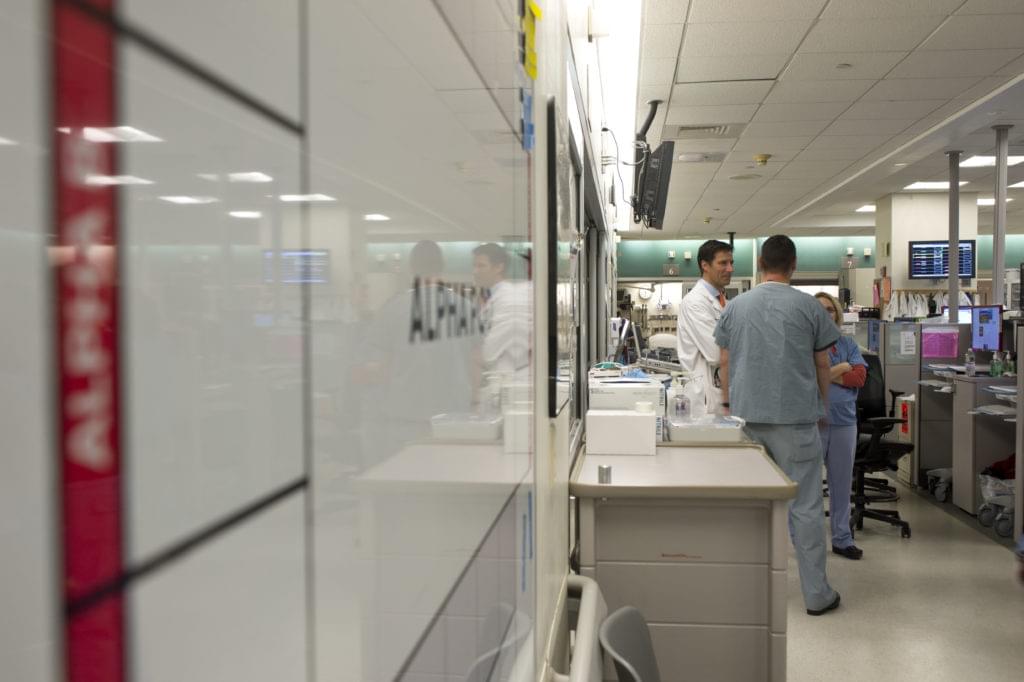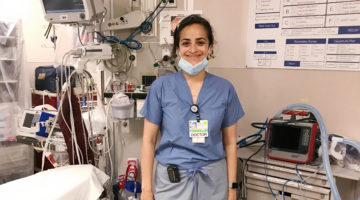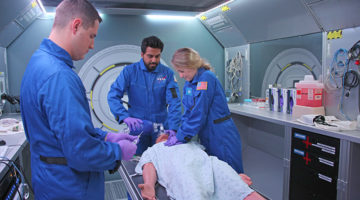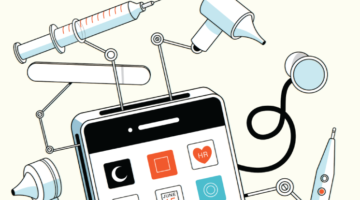
Almost daily, the Brigham Emergency Department (ED) provides care to patients in all 25 of its hallway locations because the 39 beds are full.
“About one in five ED patients currently receives their entire emergency care in a hallway location,” says Chris Baugh, MD, MBA, vice chair of Clinical Affairs. “Most hallway spots don’t have access to medical gases or suction, so we use portable monitoring equipment. In terms of privacy, comfort, and safety, it’s challenging across the board.”
The overflow is caused by two backups, Baugh explains. Between 15 and 25 patients wait in the ED most weekdays for inpatient hospital beds where they can continue to receive medical treatment. In addition, an average of six patients per day, but sometimes up to 12 or more, board in the ED before transferring to an inpatient psychiatric unit elsewhere in the state.
Additionally, the Brigham ED receives increasing numbers of older, sicker patients with complex needs, such as cancer patients with compromised immune systems. Patients with less critical illnesses or injuries are choosing urgent care clinics more often, says Baugh, leaving EDs like the Brigham’s with the most severe cases.
“Right now, behavioral health patients co-mingle with acute medical patients in the Alpha pod, where there can be a lot of commotion,” says Baugh. “These challenges are not unique to the Brigham. All hospitals are dealing with this in different ways.”
The Brigham’s solution: nearly double the size of the ED. When the multi-phased project is complete in late 2021, the expanded ED will include a dedicated behavioral health unit with eight beds.
“This will give us a better place to de-escalate patients in a more humane environment than the acute care spaces,” says Michael VanRooyen, MD, MPH, chair of the Brigham’s Department of Emergency Medicine. “It will also help us improve initial treatment, better address patients’ ongoing psychiatric care needs, and help ease the burden for patients awaiting transfer to an inpatient facility.”











